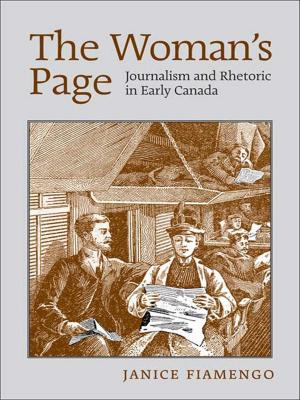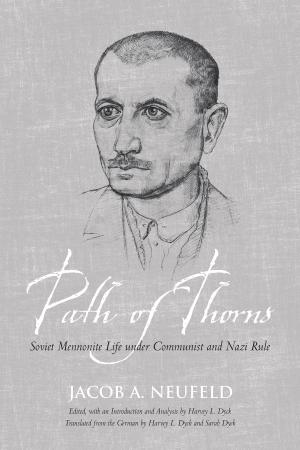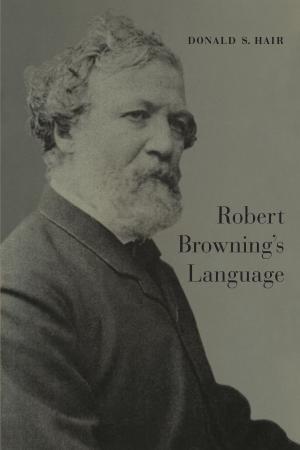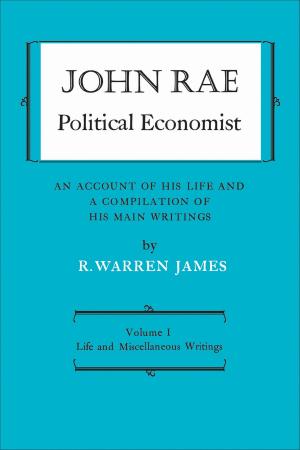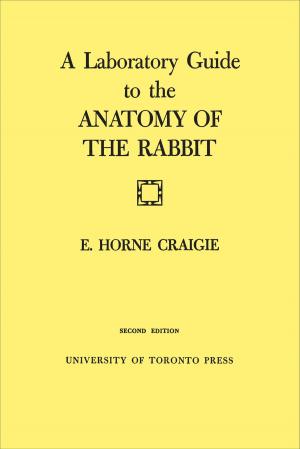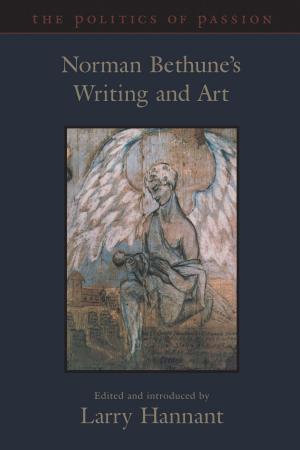The Transformation Process in Joyce's Ulysses
Fiction & Literature, Literary Theory & Criticism, British| Author: | Elliott B. Gose, Jr. | ISBN: | 9781487597702 |
| Publisher: | University of Toronto Press, Scholarly Publishing Division | Publication: | December 15, 1980 |
| Imprint: | Language: | English |
| Author: | Elliott B. Gose, Jr. |
| ISBN: | 9781487597702 |
| Publisher: | University of Toronto Press, Scholarly Publishing Division |
| Publication: | December 15, 1980 |
| Imprint: | |
| Language: | English |
James Joyce gave a life to Ulysses which is still felt today, after the shock of its realism and the dislocation of its techniques have been absorbed into the traditions they helped to establish. This study demonstrates the sources of that life, how Joyce's characters go through the conflicts he himself experienced and how Joyce was concerned not only with the grotesque potential of life but also with its comic dimension, attempting to transmit that 'feeling of joy' which he adopted early as his artistic commitment.
Joyce's belief in the malleability and resilience of man's physical and spiritual nature attracted him to the transformation process as a technique for fiction and as an expression of his belief that we need to be linked with both our higher and lower natures, that the soul is transformed by its immersion in the life of the body. Integrating the views of Giorgano Bruno and Sigmund Freud into his thought and art, Joyce balanced the grotesque and the comic, the realistic and the idealistic, the psychological and the spiritual.
Professor Gose traces in detail the development of the two important transformation processes in which Joyce involved Stephen Dedalus and Leopold Bloom. He also demonstrates Joyce's conception of the artist as necessarily involved in such a process himself. Joyce understood the psychopathology of everyday life; he also came to value and make a central concern of his art mankind's residence in the matrix of the bodily functions.
Grotesque physical transformations are an important part of Ulysses. In the Nighttown episode Joyce combined the grotesque with the comic to purge Bloom's emotions, and the reader's. Essential as purging was to Joyce, however, he used it only as a preparation for the joyful affirmation of the last two episodes. Joyce reconciles his reader to the comedy of life by providing a cosmic view of our connection with the stars and our own corpuscles, with an eternal process in which our spirits naturally progress through all the forms of the universe. Elliott Gose offers a brilliant interpretation of this high and humane vision, and the transformation processes through which it is expressed.
James Joyce gave a life to Ulysses which is still felt today, after the shock of its realism and the dislocation of its techniques have been absorbed into the traditions they helped to establish. This study demonstrates the sources of that life, how Joyce's characters go through the conflicts he himself experienced and how Joyce was concerned not only with the grotesque potential of life but also with its comic dimension, attempting to transmit that 'feeling of joy' which he adopted early as his artistic commitment.
Joyce's belief in the malleability and resilience of man's physical and spiritual nature attracted him to the transformation process as a technique for fiction and as an expression of his belief that we need to be linked with both our higher and lower natures, that the soul is transformed by its immersion in the life of the body. Integrating the views of Giorgano Bruno and Sigmund Freud into his thought and art, Joyce balanced the grotesque and the comic, the realistic and the idealistic, the psychological and the spiritual.
Professor Gose traces in detail the development of the two important transformation processes in which Joyce involved Stephen Dedalus and Leopold Bloom. He also demonstrates Joyce's conception of the artist as necessarily involved in such a process himself. Joyce understood the psychopathology of everyday life; he also came to value and make a central concern of his art mankind's residence in the matrix of the bodily functions.
Grotesque physical transformations are an important part of Ulysses. In the Nighttown episode Joyce combined the grotesque with the comic to purge Bloom's emotions, and the reader's. Essential as purging was to Joyce, however, he used it only as a preparation for the joyful affirmation of the last two episodes. Joyce reconciles his reader to the comedy of life by providing a cosmic view of our connection with the stars and our own corpuscles, with an eternal process in which our spirits naturally progress through all the forms of the universe. Elliott Gose offers a brilliant interpretation of this high and humane vision, and the transformation processes through which it is expressed.


